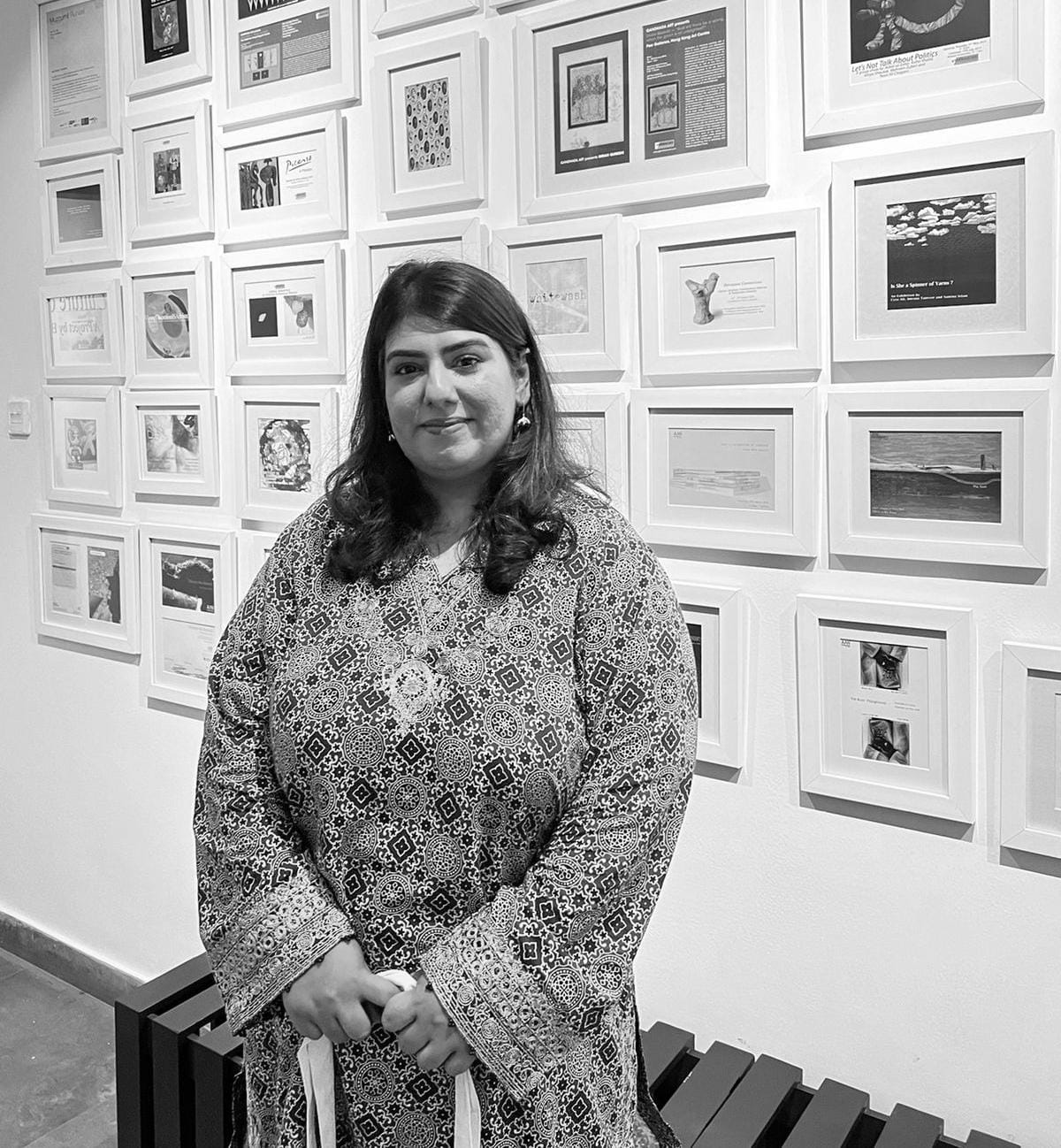By: Dr. Sijal Shafique
“You are free! You are free to go to your temples. You are free to go to your mosques or to any other places of worship in the State of Pakistan. You may belong to any religion, caste or creed—that has nothing to do with the business of the state.”
On August 11, 1947, Quaid-Azam Muhammad Ali Jinnah, the founder of our nation, delivered a historic speech at the Constituent assembly of Pakistan at the time of partition.
In his speech, he emphasized the need for inclusivity and social justice. Among his major beliefs was the importance of religious freedom, rule of law, and equality for all citizens. He established a foundation for the country’s future by stressing that Pakistan is a nation where people of all religions can coexist and worship freely, whether in temples, mosques, or churches. The prospect of a land where everyone has equal rights and opportunities was at the forefront in his core vision for Pakistan. A nation united in peace.
This was the Pakistan that Quaid-e-Azam Muhammad Ali Jinnah envisioned. Unfortunately, it remained a vision. The stark reality is that the Pakistan we live in today is vastly different from the dream he had. When we reflect on the Quaid’s words describing this country from our current perspective, it seems as if he’s talking about a fantasy land or utopia – something impossible that simply doesn’t exist.
The question we must now ask is, what changed?
At the time of Pakistan’s inception and the partition of India in 1947, non-Muslim minorities made up 25% of the new country’s population.
However, today they comprise only 5%. It causes one to wonder-what is the driving force behind the growing instances of religious violence in Pakistan? It seems as if there is a new injustice to behold every day. Be it false blasphemy accusations, destruction of various temples, churches, and even mosques, the desecration of graves, mob lynching and mob attacks or the burning of Christian villages and towns, and the blatant discrimination our children and youth experience in schools, colleges, and workplaces. The list goes on.
The question remains, what is fueling this surge in sectarian violence and bigotry?
The roots of the escalating religious intolerance in Pakistan can be traced by having a look back at our history, particularly the Islamization that began in the 1970’s. Despite being founded as a homeland for Muslims, the early years witnessed a relatively secular and inclusive Pakistan, with the minorities being granted religious freedom and minority rights by the country’s founder, Muhammed Ali Jinnah. However, all this took a turn for the worse when Zulfiqar Ali Bhutto’s regime came into power in 1971 and introduced Islamic Laws and amendments immediately followed by Zia-ul-Haq’s rule from 1977 to 1988.
During this period, Islamization spread by the introduction of the Hudood ordinances and we saw a rise in religious extremism and support for Jihadist groups in Afghanistan.
During the Afghan-Soviet war from 1979 to 1989, our middle eastern countries further fueled the Islamic Ideology in Pakistan by funding the Madrassahs across Pakistan.
The Islamization process, which started in the 1970s, has gradually transformed Pakistan’s societal fabric, contributing to the escalating religious violence and intolerance we see today. However, the extremism did not escalate to the point we see today, overnight. There have been various factors that have led us to this grim period of history where entire villages are burnt in the name of religion, a pregnant woman is thrown into a burning furnace, a sitting governor and a minister is gunned down for barely speaking against the blasphemy law, a woman spends 8 years in prison over a false blasphemy accusation and countless forced conversions are committed every year. The cherry on top is that the perpetrators of this religious violence mostly walk away free.
Another factor in the rise of extremism has been the increasing support for the hardliner religious parties, known for its rigid stance on blasphemy and religious issues. They have steadily grown in power in the last two decades owing to several reasons like the ability of its leaders to mobilize support by exploiting religious sentiments of the masses, due to the support of powers who use them for political gains.
Moreover, the government’s reluctance to confront religious extremism and occasional concessions to the party’s demands have further emboldened it and perpetuated its aggressive stance.
In hindsight, there are many more factors, whether small or big , that have led us to the current state of Pakistan – a land where the minorities live in fear, and where religious intolerance and violence run rampant.
The white from the flag of Pakistan has all but disappeared, but still those of us that remain, we must ask ourselves.
Is there any hope? Will we ever get to witness the Pakistan that Quaid-e-Azam dreamed of? Or will it forever remain a fantasy, crushed by the violent nature of religious intolerance and extremism? We can only hope. For the minorities of Pakistan, living under a system that was built to stifle us, there is not much else we can do.


